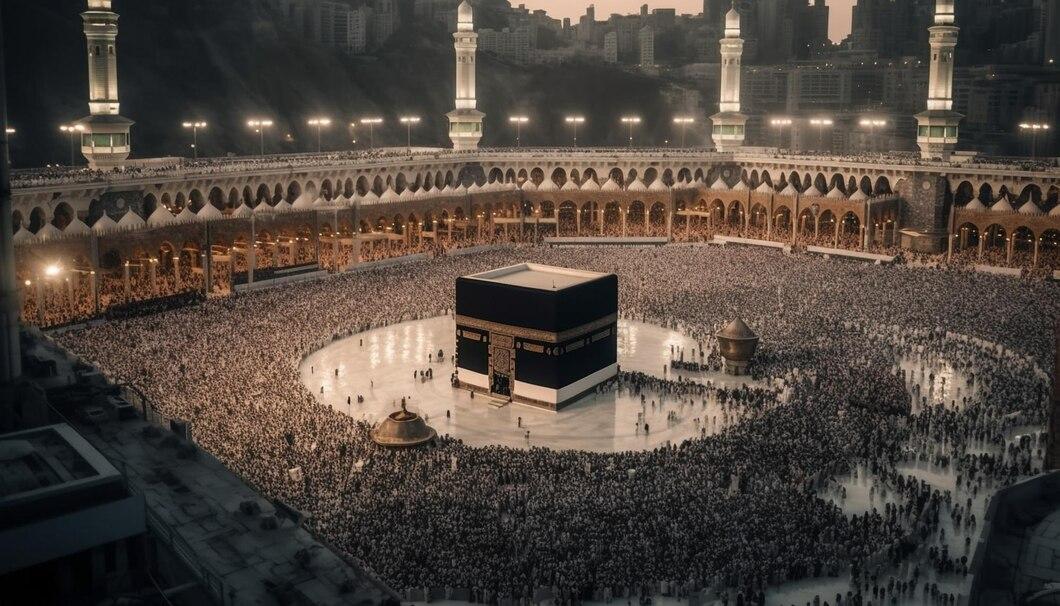
03 May, 2025
As the blessed month of Dhul Hijjah approaches, the hearts of millions of Muslims around the world begin to yearn for the sacred pilgrimage of Hajj. Whether you're preparing to perform Hajj this year, or simply deepening your knowledge, understanding the concept of Nusuk Hajj is essential.
In this comprehensive guide from Itqan Academy, we explore what is Hajj in Islam, the significance of Hajj Arafat Day, and the key rituals like Tawaf, Sa’i, and Hadi. We also highlight how this spiritual journey is structured through the detailed framework of Hajj Nusuk.
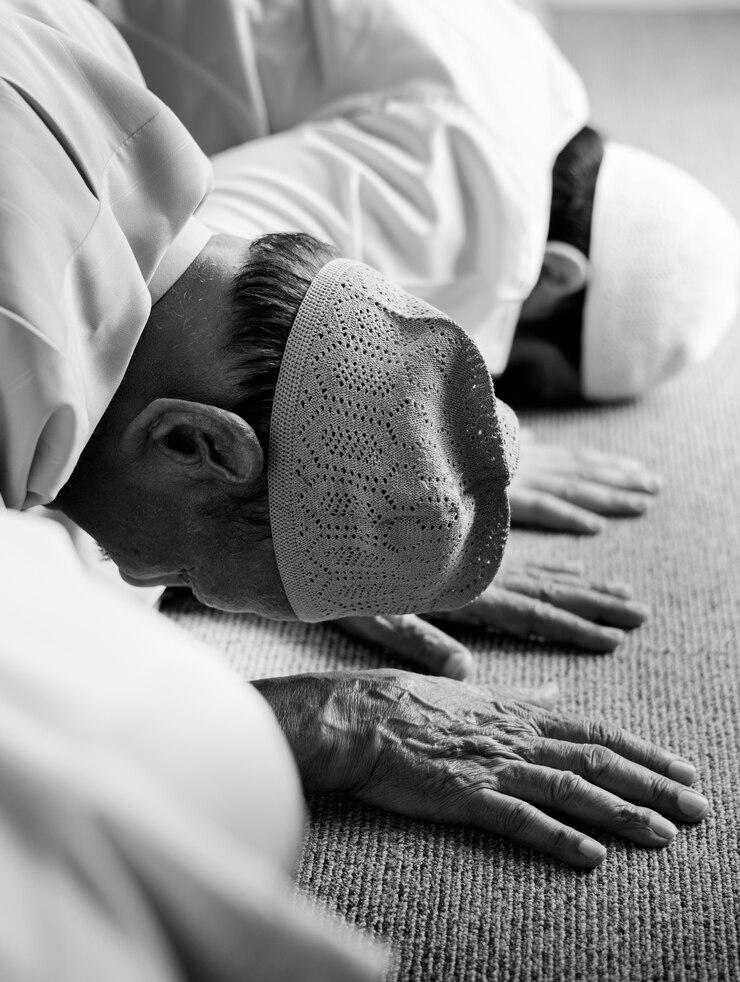
Hajj in Islam is the fifth pillar of the religion and a once-in-a-lifetime obligation for every financially and physically able Muslim. It is a journey of devotion, submission, and reflection, performed annually in the holy city of Makkah during the month of Dhul Hijjah, the final month of the Islamic lunar calendar.
“And [due] to Allah from the people is a pilgrimage to the House – for whoever is able to find thereto a way.”
(Qur’an 3:97)
Hajj is more than a physical journey; it is a transformational spiritual experience that renews one’s faith, washes away sins, and unites the global Muslim community in worship.
The term Nusuk Hajj refers to the rituals and procedures that define the pilgrimage of Hajj. The Arabic word "Nusuk" means "act of worship" or "religious rite." Therefore, Hajj Nusuk refers to the structured rites prescribed by Islamic law to be carried out during Hajj.
These rituals are not arbitrary; they are deeply rooted in the prophetic tradition and the life of Prophet Ibrahim (Abraham), his wife Hajar, and their son Isma'il. Every act in Nusuk Hajj carries spiritual meaning, divine wisdom, and historical significance.
Contact us if you have any questions about hajj nusuk.
The month of Dhul Hijjah is among the holiest in the Islamic calendar. It is the month in which:
-
The first 10 days are considered the best days of the year.
-
The Day of Arafah falls on the 9th of Dhul Hijjah.
-
The Eid al-Adha (Festival of Sacrifice) is celebrated on the 10th.
-
The Hajj pilgrims perform the most sacred acts of worship.
Even for Muslims who are not performing Hajj, this month is an opportunity for fasting, charity, extra prayer, and remembrance.
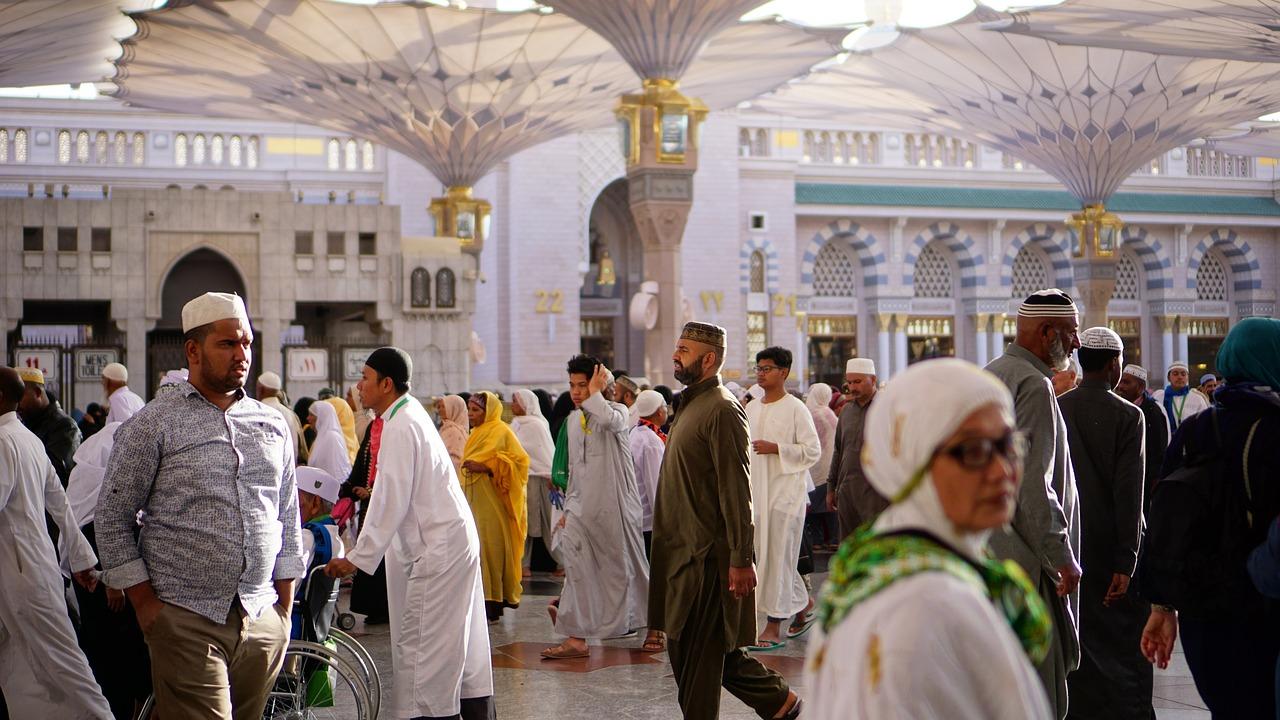
One of the most significant aspects of Hajj in Islam is the Hajj Arafat Day. On the 9th day of Dhul Hijjah, pilgrims gather in the plain of Arafat, where they stand in prayer and reflection from noon to sunset.
Why Is Arafat Day So Important?
-
It is the pinnacle of Hajj: The Prophet ﷺ said, “Hajj is Arafah.” (Tirmidhi)
-
It is the day Allah forgives sins and boasts about His servants to the angels.
-
For non-pilgrims, fasting on Arafat Day expiates sins of the previous and coming year.
Without standing at Arafat, the Hajj is considered invalid.
Understanding the main Nusuk Hajj rituals helps Muslims appreciate both the physical and spiritual dimensions of the pilgrimage. Here's a step-by-step guide to the most important rites:
1. Ihram – The State of Intention
-
Pilgrims enter into the sacred state of Ihram, wearing specific garments.
-
They declare the intention to perform Hajj (Tamattu', Qiran, or Ifrad).
-
Recitation of the Talbiyah begins:
“Labbayk Allahumma Labbayk…”
2. Tawaf – Circling the Kaaba
-
Pilgrims perform seven rounds around the Kaaba in a counterclockwise direction.
-
This is done upon arrival and again as part of Tawaf al-Ifadah and Tawaf al-Wada.
3. Sa’i – Running Between Safa and Marwah
-
Pilgrims walk seven times between the hills of Safa and Marwah.
-
This commemorates Hajar’s search for water and is a central part of the hajj nusuk.
4. Standing at Arafat (Wuquf) – The Heart of Hajj
-
Pilgrims stand in supplication and reflection from midday to sunset.
-
It is a time of deep personal repentance and connection with Allah.
5. Muzdalifah – Collecting Pebbles
-
Pilgrims stay overnight under the open sky.
-
They collect pebbles for the next day’s ritual of stoning the devil.
6. Ramy al-Jamarat – Stoning the Devil
-
At Mina, pilgrims throw stones at three pillars, symbolizing rejection of Satan.
7. Hady – The Sacrificial Animal
-
A Hadi (sacrifice) is made, especially for those performing Tamattu’ or Qiran.
-
The meat is distributed to the poor.
8. Tawaf al-Ifadah
-
A mandatory act of Tawaf performed after Arafah and sacrifice.
-
Symbolizes spiritual purification.
9. Shaving or Trimming Hair (Halq/Taqsir)
-
Male pilgrims shave their heads; women cut a small portion of their hair.
-
Marks the completion of major rituals.
10. Tawaf al-Wada’ – Farewell Circumambulation
-
The final act before leaving Makkah.
-
A heartfelt goodbye to the House of Allah.
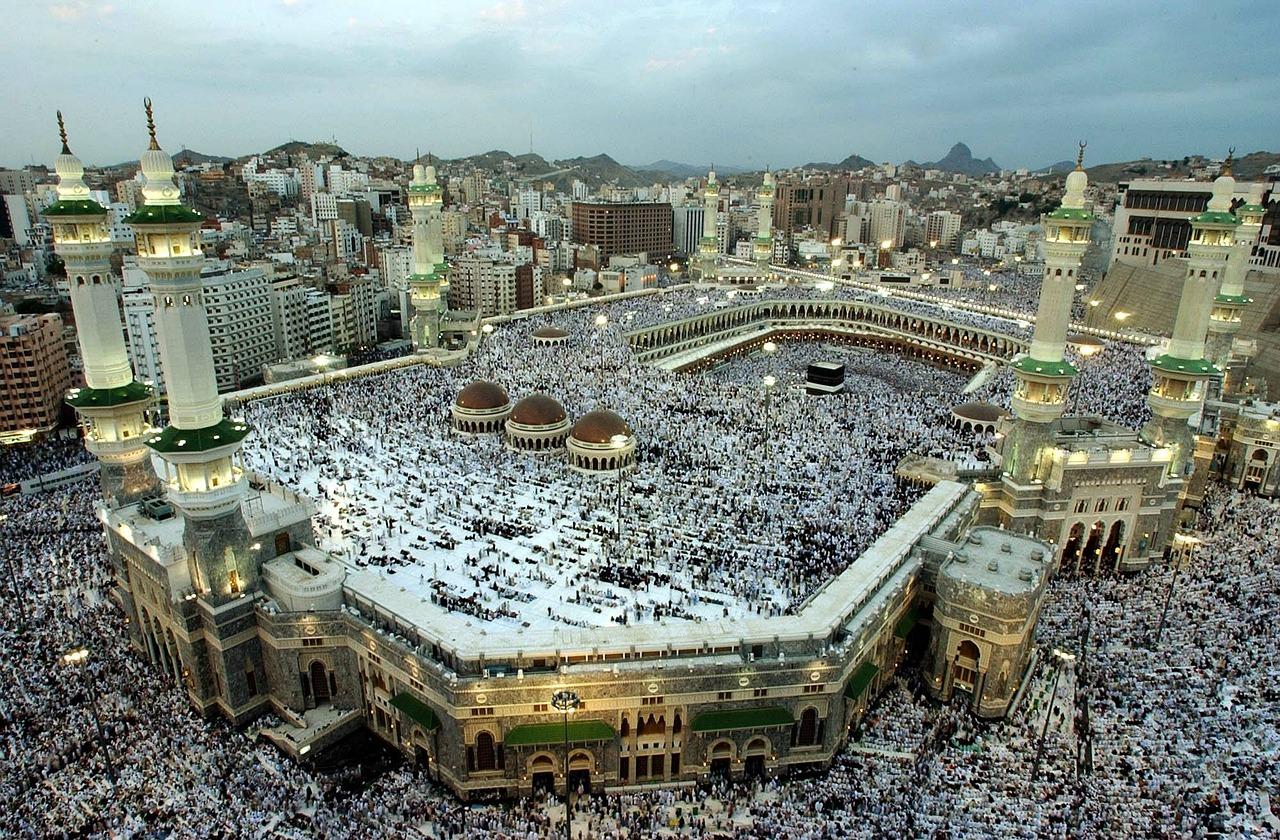
Every step in the nusuk hajj teaches profound spiritual lessons:
-
Humility: All pilgrims wear the same simple clothes.
-
Equality: Rich and poor stand together before Allah.
-
Patience: Enduring the physical and emotional demands of the journey.
-
Devotion: Total submission to the commands of Allah.
Modern technology has made understanding and performing hajj nusuk easier than ever. From mobile apps to digital guides, pilgrims now have access to detailed instructions, real-time updates, and GPS-enabled maps to navigate the rites.
Saudi Arabia has even launched the “Nusuk” platform, a digital solution to help pilgrims manage their entire journey—from applying for a visa to booking accommodation and understanding rituals.
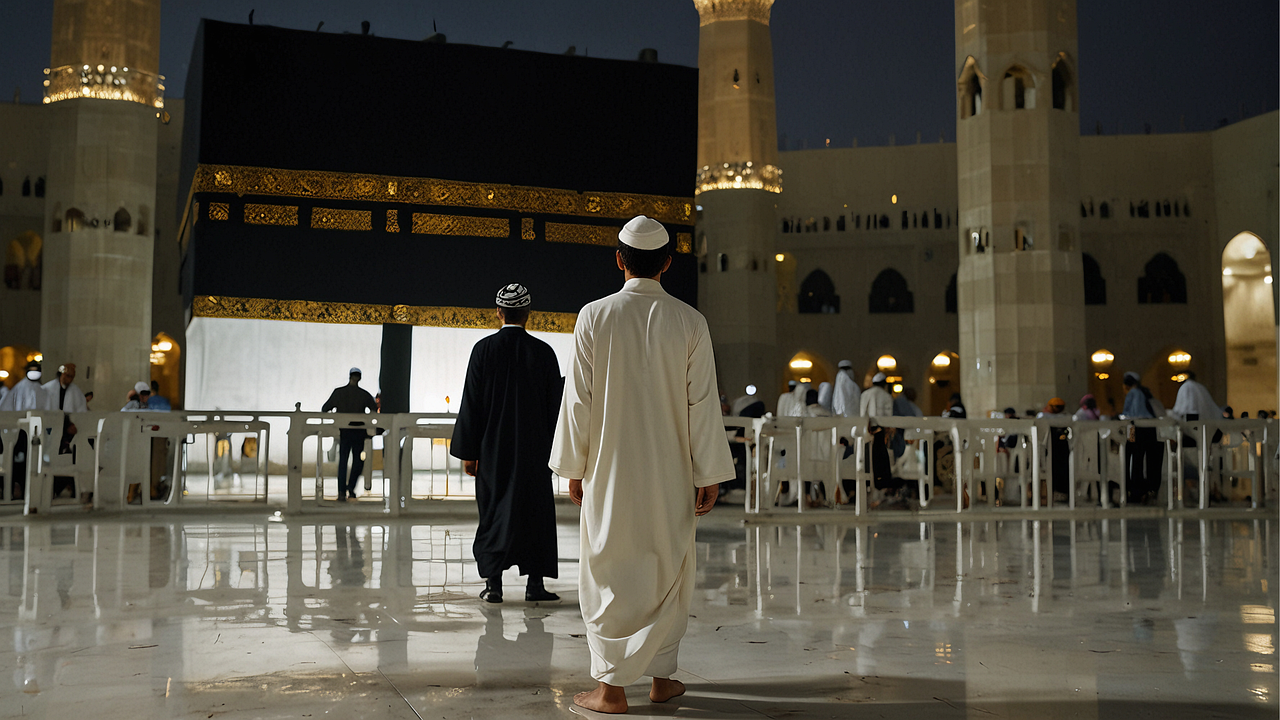
Even if you’re not making the journey this year, you can still benefit greatly during Dhul Hijjah:
-
Fast the first 9 days, especially Arafah Day.
-
Increase prayers, charity, and dhikr.
-
Offer a sacrifice on Eid al-Adha.
-
Reflect on the meaning of Hajj in Islam and its relevance in your personal life.
Q1: What is the meaning of Nusuk Hajj?
A: It refers to the official rites and rituals of Hajj as prescribed in Islamic law, including Tawaf, Sa’i, Arafat, and sacrifice.
Q2: Is it obligatory to fast on Arafah Day if I’m not performing Hajj?
A: No, but it is highly recommended. Fasting that day erases the sins of two years.
Q3: Can women perform Hajj alone?
A: According to many scholars, a woman must be accompanied by a mahram. However, some contemporary scholars allow group travel under safe conditions.
Q4: How many types of Hajj are there?
A: There are three types: Tamattu', Qiran, and Ifrad. Each has its own method and combination of rituals.
👉 Visit Itqan Academy and start your journey to deeper Islamic knowledge today.

